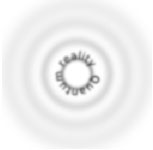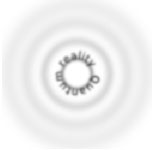Position measurements and quantum reality
Heisenberg’s principle states that the position and momentum of a point-particle cannot be measured at the same time. Can the position of an object be measured at all with infinite accuracy, even in theory? A long time ago, Eugene Wigner, and then in greater generality, Huzihiro Araki and Mutsuo Yanase proved the so-called WAY theorem, which states that it is impossible to have a repeatable and accurate measurement of a discrete variable that does not commute with a jointly conserved quantity for the apparatus and the object. All one can hope for is an approximate measurement that gets more accurate with a larger apparatus size.
In a paper published in Physical Review Letters, Paul Busch and Leon Loveridge from the University of York, UK, discuss the fate of the WAY theorem for continuous variables and unbounded conserved quantities. It was previously thought that for such quantities the WAY theorem does not apply. In particular, about two decades ago, an explicit model was devised to demonstrate the possibility of position measurements when the total momentum of a particle and apparatus was conserved. Surprisingly, by analyzing the same model, the authors show that any measurement of the particle position is in fact restricted by a fundamental quantum-mechanical limitation. In a generalization of the WAY theorem, the authors show in addition that high accuracy can be reached only by increasing the uncertainty of the apparatus’ momentum.
With continuous miniaturization of experimental setups and the advances in quantum computing, it is important to thoroughly understand practical consequences of the limitations imposed by the extended WAY theorem. – Ashot Melikyan





